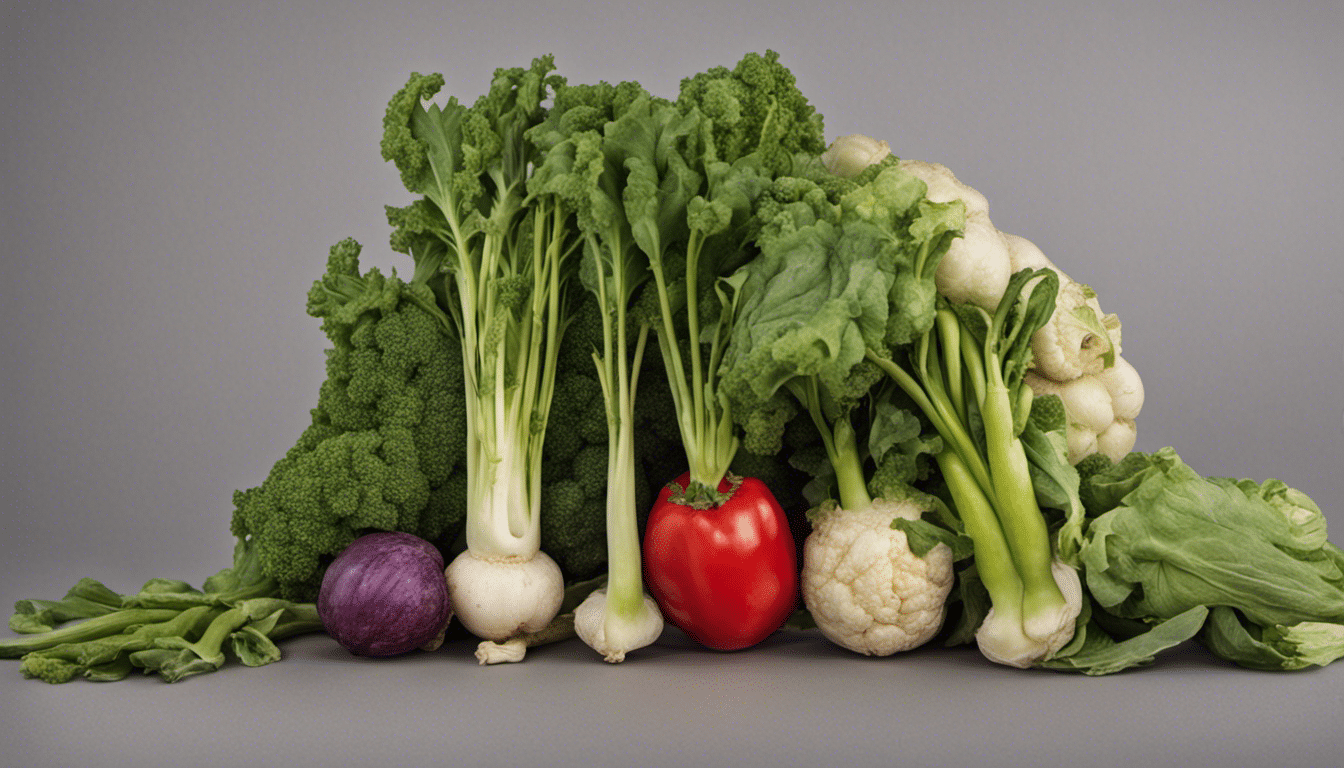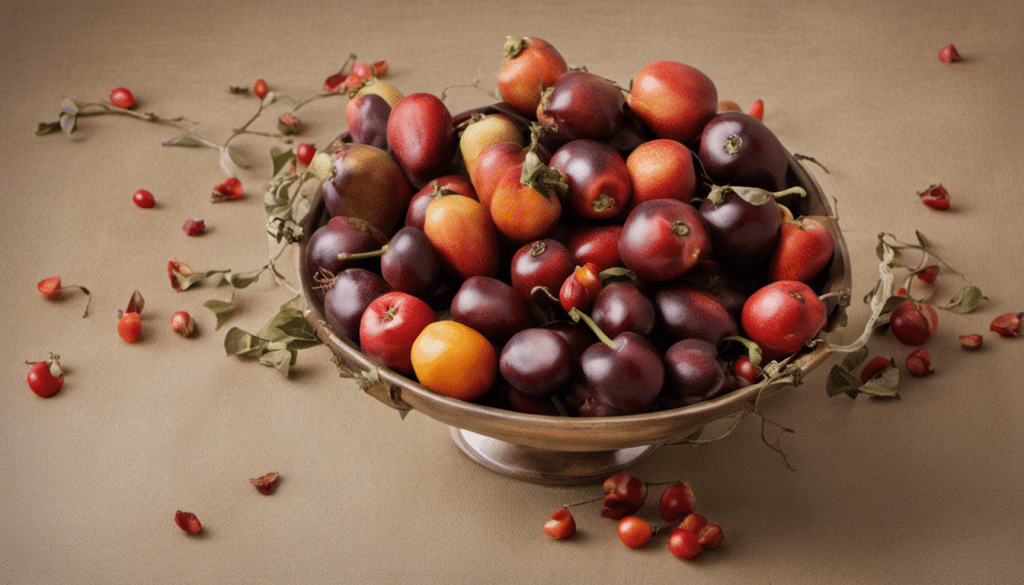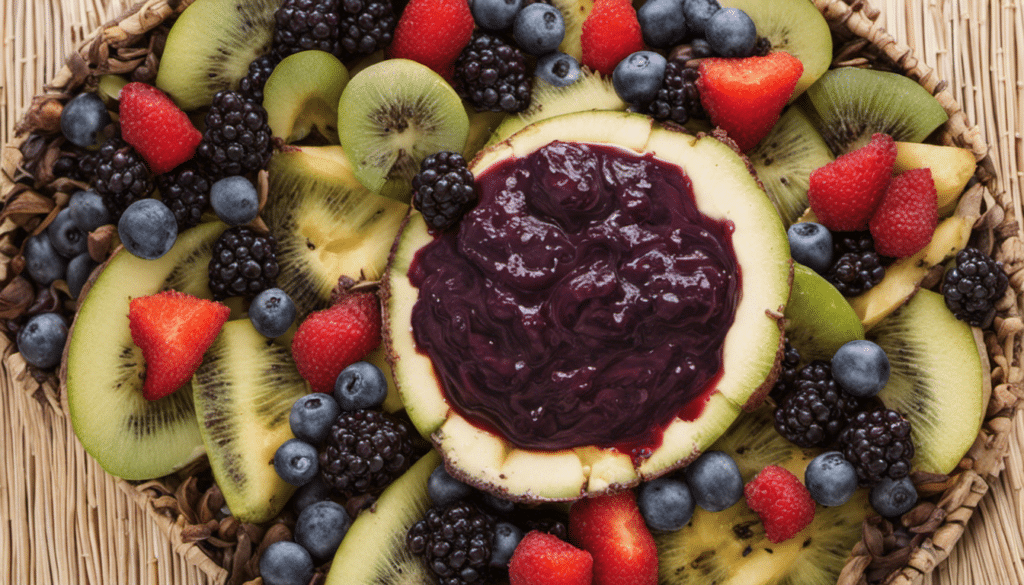All About Good King Henrys
Good King Henry, or Chenopodium bonus-henricus, isn’t the most mainstream veggie to grace our dinner tables. Hailing from the same culinary family as more celebrated relatives like spinach and quinoa, it is an underutilized treat which packs a powerful punch in the flavor and benefits department.
A Storied History
Known commonly as the “Poor-man’s Asparagus” or “Lincolnshire Spinach,” the Good King Henry plant has been cultivated as a potent green leafy gem throughout Europe since Roman times. Its nickname, “Good King Henry,” is a somewhat enigmatic moniker, and mystery shrouds its namesake. Some suggest that its name could be a friendly nod to English monarch King Henry VIII, known for his love of hearty fare.
Nutritional Assets
If you’ve never tried Good King Henry, you’re missing out on some serious nutritional benefits. This unsung hero contains a wealth of Vitamins A, B and C. These antioxidants are known to combat free radicals, which can help stall the aging process and reduce the likelihood of chronic health conditions. Also, calcium, iron, and potassium are present in impressive amounts, aiding bone health, boosting blood production and maintaining heart function, respectively. Good King Henry is said to be beneficial to those suffering from anaemia due to its high Iron content.
Culinary Uses
Serving up Good King Henry is a simple joy. The tender young leaves lend themselves to a variety of preparations, from a simple fresh green salad to being wilted into pasta, risottos, and stews. You could even follow in Roman footsteps and create a traditional Roman-style dish, or transform the older leaves into a hearty spinach substitute. And, let’s not forget about those asparagus-like shoots. They can be steamed and enjoyed with a dollop of butter or emulsified into a velvety cream soup. This underrated plant’s versatility truly knows no bounds.
Growing Good King Henry at Home
One of the best things about Good King Henry? You can grow it at home! This hardy perennial grows best in well-drained soil and prefers full sun or partial shade. The plant usually begins to sprout in spring, with the leaves and shoots maturing in summer. If you’re looking for ways to get started with your own edible garden, adding Good King Henry to the mix could be a delightful and rewarding choice.
So, next time you’re planning a garden or seeking out a new green leafy veggie to grace your dinner plate, why not give Good King Henry a try? You’ll be embracing a heritage plant, nutrient-dense and full of flavor, all while giving a nod to the foragers and foodies who’ve savoured it through the centuries.
Good King Henry Recipe Ideas
- Good King Henry’s Vegetable Soup
- Pan-Fried Good King Henrys with Garlic and Oil
- Good King Henrys and Potato Bake
- Stir-Fried Good King Henrys and Tofu
- Good King Henry’s Omelette
- Roasted Good King Henrys with Thyme
- Risotto with Good King Henrys
- Good King Henry’s Salad with Lemon Dressing
- Good King Henry’s Pesto
- Good King Henry’s and Feta Pizza




